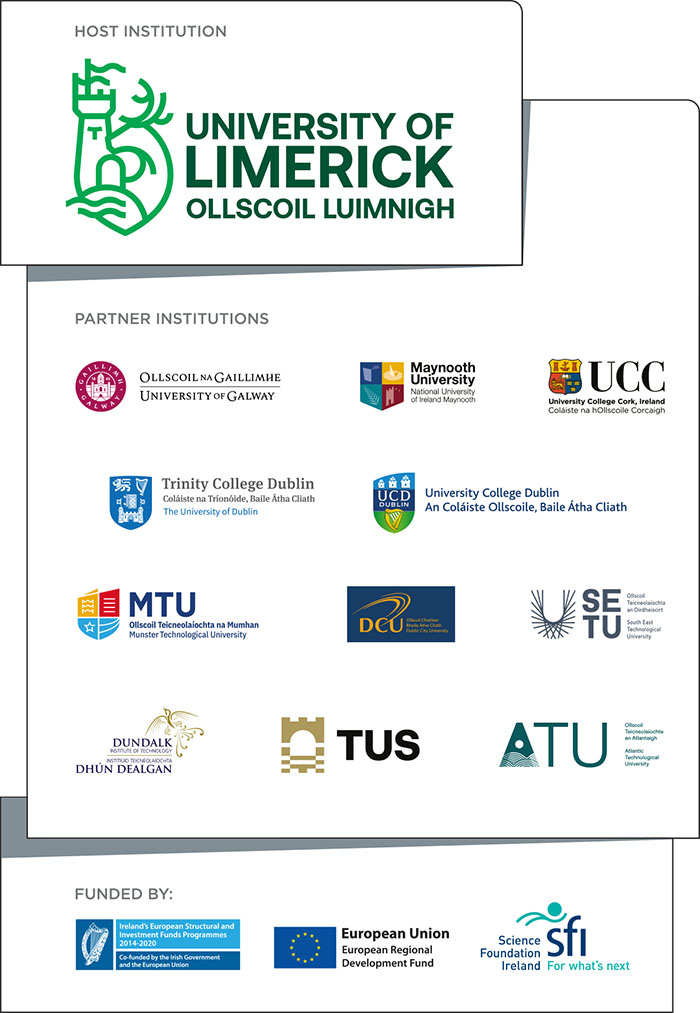To Work from Home (WFH) or Not to Work from Home? Lessons Learned by Software Engineers During the COVID-19 Pandemic
You are here
| Title | To Work from Home (WFH) or Not to Work from Home? Lessons Learned by Software Engineers During the COVID-19 Pandemic |
| Publication Type | Conference Paper |
| Year of Publication | 2021 |
| Authors | Nolan A, White R, Soomro M, Dopamu BComfort, Yilmaz M, Solan D, Clarke P |
| Editor | Yilmaz M, Clarke P, Messnarz R, Reiner M |
| Conference Name | Systems, Software and Services Process Improvement |
| Date Published | 08 |
| ISBN Number | 978-3-030-85521-5 |
| Abstract | This research investigates software engineering during the COVID-19 pandemic with a focus on the lessons learned and predictions for future software engineering work. Four themes are explored: Remote work, Team management, Work/Life balance, and Technology/Software Engineering Methods. Our research has demonstrated that software companies will derive tangible benefits from supporting their employees during this uncertain time through ergonomic home offices, listening to their concerns, as well as encouraging breaks and hard stops to boost long term well-being and productivity. It shows that communication and collaboration tools, critical to project success, have been utilised. The hiring of new talent has been reimagined, with managers playing a vital role in the process. The insights gained are significant as they will assuage some pre-existing concerns regarding remote work, creating a new understanding of its role in the future. Looking to a post-COVID-19 future, we envision the rise of hybrid software development working arrangements, with a focus on the Working-From-Home to Not-Working-From-Home ratio - WFH: NWFH - perhaps colloquialised as Home: Not Home (HNH). For many this ratio will be neither 100:0 or 0:100, the former would lead to team breakdowns, developer isolation, difficulties onboarding and too many communication gaps, the latter would lead to disaffected employees. We identify plausible future software engineering working arrangements, noting that there are challenging times ahead for employers and employees as they navigate this HNH future, but there are benefits for both parties in getting the balance right. |
| URL | https://link.springer.com/chapter/10.1007/978-3-030-85521-5_2 |
| DOI | 10.1007/978-3-030-85521-5_2 |




